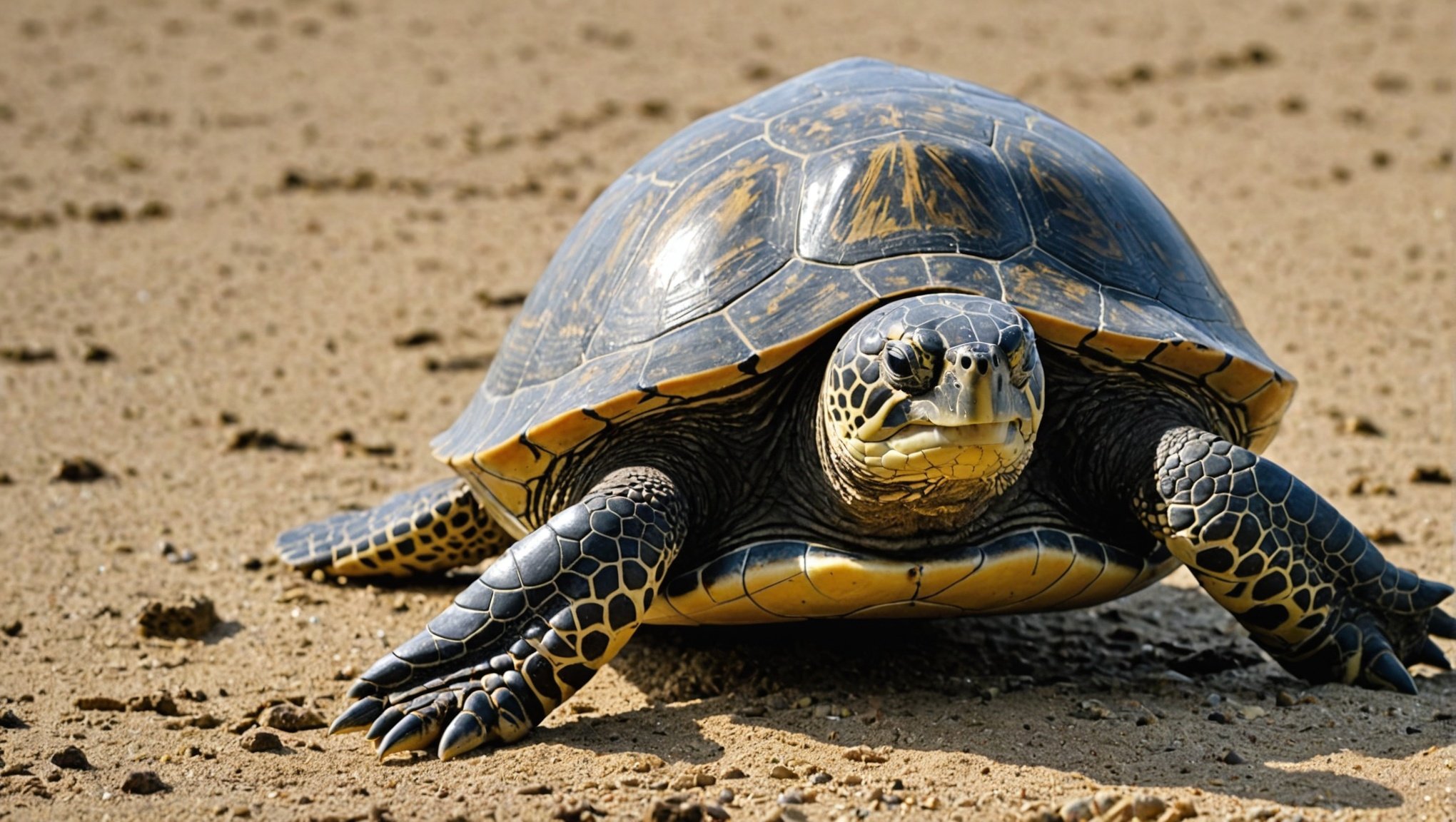Marine turtles face increasing threats due to coastal developments in the UK. Protecting their nesting sites requires innovative strategies that balance conservation with urban growth. From eco-friendly building practices to community engagement, a variety of approaches can safeguard these vital habitats. This exploration highlights effective measures that not only support marine turtles but also enrich coastal biodiversity. Discover how sustainable development can coexist with wildlife protection, creating a harmonious future for both humans and marine life.
Overview of Marine Turtle Conservation in the UK
Marine turtle conservation plays a crucial role in maintaining the health of ocean ecosystems. These creatures contribute to the balance of marine habitats by controlling jellyfish populations and supporting seagrass beds, which are essential for carbon storage and water quality. In the UK, marine turtle conservation efforts are particularly focused on protecting nesting sites and mitigating the impacts of UK coastal development.
Dans le meme genre : Reviving UK Meadows: Unlocking the Secrets to Boosting Insect Biodiversity Through Rewilding
Currently, the UK hosts several important nesting sites for marine turtles, primarily along its southern coasts. These areas are vital for the reproduction and survival of various turtle species. However, the encroachment of coastal development poses a significant threat to these habitats. Construction activities and increased human presence can lead to the destruction or disturbance of nesting sites, impacting turtle populations.
The challenges faced by marine turtles due to coastal development include habitat loss, light pollution, and increased human activity. These factors can disorient hatchlings and prevent successful nesting. Conservation efforts in the UK aim to address these issues through habitat protection, public awareness campaigns, and policy changes. By focusing on these areas, the UK strives to ensure a sustainable future for marine turtles and the ecosystems they support.
Sujet a lire : Empowering UK Residents: Top Ways to Support the Conservation of Local Native Orchid Species
Innovative Strategies for Protecting Nesting Sites
In the realm of marine turtle conservation, innovative conservation strategies are essential for the protection of nesting sites. These strategies encompass a variety of protective measures and habitat preservation techniques that aim to mitigate the adverse effects of coastal development.
Case Studies of Successful Initiatives
Several successful initiatives have demonstrated the impact of protective measures on preserving turtle habitats. For example, the implementation of controlled lighting near beaches has significantly reduced light pollution, a major disorienting factor for hatchlings. Additionally, community-driven projects have proven effective in safeguarding nesting sites, showcasing the power of local involvement in conservation efforts.
Governmental Guidelines and Policies
Governments play a pivotal role in turtle conservation through the development and enforcement of guidelines and policies. These include zoning laws that restrict construction in sensitive areas and regulations that mandate the use of turtle-friendly lighting. Such policies are crucial in ensuring the long-term preservation of turtle nesting sites.
Role of Technology in Conservation
The integration of technology, particularly smart monitoring systems, has revolutionised habitat preservation. These systems provide real-time data on nesting activities, enabling conservationists to make informed decisions quickly. By leveraging technology, conservation efforts can be more targeted and efficient, ultimately enhancing the protection of marine turtle populations.
Ecological Impacts of Coastal Development
Coastal development can significantly disrupt marine ecosystems, causing adverse effects on both habitats and species. An ecological impact assessment is crucial to understanding these effects. Such assessments evaluate how construction activities, such as building resorts or expanding ports, lead to habitat loss and degradation. The disruption of nesting sites and feeding grounds can severely impact marine turtle populations, as these areas are essential for their life cycles.
The long-term effects on marine turtles include reduced reproductive success and increased mortality rates. When nesting sites are disturbed, turtles may abandon them, leading to a decline in hatchling numbers. Furthermore, the alteration of coastal landscapes can affect food availability and increase predation risks. These changes can have cascading effects on marine ecosystems, as turtles play a vital role in maintaining the health of these environments.
Conducting thorough environmental impact assessments before initiating coastal development projects is paramount. These assessments help identify potential risks and propose mitigation strategies to minimise ecological damage. By prioritising these evaluations, developers can make informed decisions that balance economic growth with environmental preservation, ensuring the protection of marine turtle populations and the broader marine ecosystems they support.
Community Involvement and Collaborative Approaches
Engaging local communities is pivotal in advancing collaborative conservation efforts. By fostering community engagement, conservation initiatives can be more effective and sustainable.
Role of Local Communities in Conservation Efforts
Local communities are integral to marine turtle conservation, as they often possess invaluable knowledge of local ecosystems. Their involvement can lead to more effective conservation efforts through direct participation in monitoring and protecting nesting sites. Community members can act as stewards of their environment, providing on-the-ground support and ensuring the longevity of conservation measures.
Partnerships between NGOs and Government
Collaborative conservation thrives through partnerships between non-governmental organisations (NGOs) and government bodies. These partnerships facilitate resource sharing, expertise exchange, and unified action plans. By working together, NGOs and governments can implement comprehensive strategies that address the multifaceted challenges facing marine turtle conservation.
Educational Programs and Awareness Campaigns
Raising public awareness is crucial for fostering a conservation-minded society. Educational programs and awareness campaigns can inform and inspire individuals to take action. Strategies for increasing public involvement include interactive workshops, school programs, and community events. These initiatives not only educate but also empower people to contribute actively to conservation efforts, thereby enhancing the impact of collaborative conservation.
Practical Recommendations for Monitoring and Restoration
Effective monitoring of turtle populations is fundamental to conservation efforts. Utilising technologies such as GPS tracking and drones can provide precise data on turtle movements and behaviours. These tools enable researchers to track nesting patterns and migration routes, offering insights into population dynamics. Regular surveys and tagging are also essential practices, allowing for the collection of data over time to assess the health and size of turtle populations.
Habitat restoration techniques are crucial for the recovery of degraded nesting sites. Strategies include the removal of invasive plant species, replanting native vegetation, and stabilising sand dunes. These measures help recreate natural habitats, ensuring they remain conducive to turtle nesting. Additionally, restoring beaches affected by erosion through nourishment projects can provide turtles with safe nesting grounds.
Integrating conservation practices into land use planning is vital for long-term success. Recommendations include implementing buffer zones around nesting sites and enforcing stringent regulations on coastal development. Encouraging sustainable tourism practices can also minimise human impact. By incorporating conservation into planning processes, it is possible to strike a balance between development and ecological preservation, safeguarding marine turtles for future generations.
















